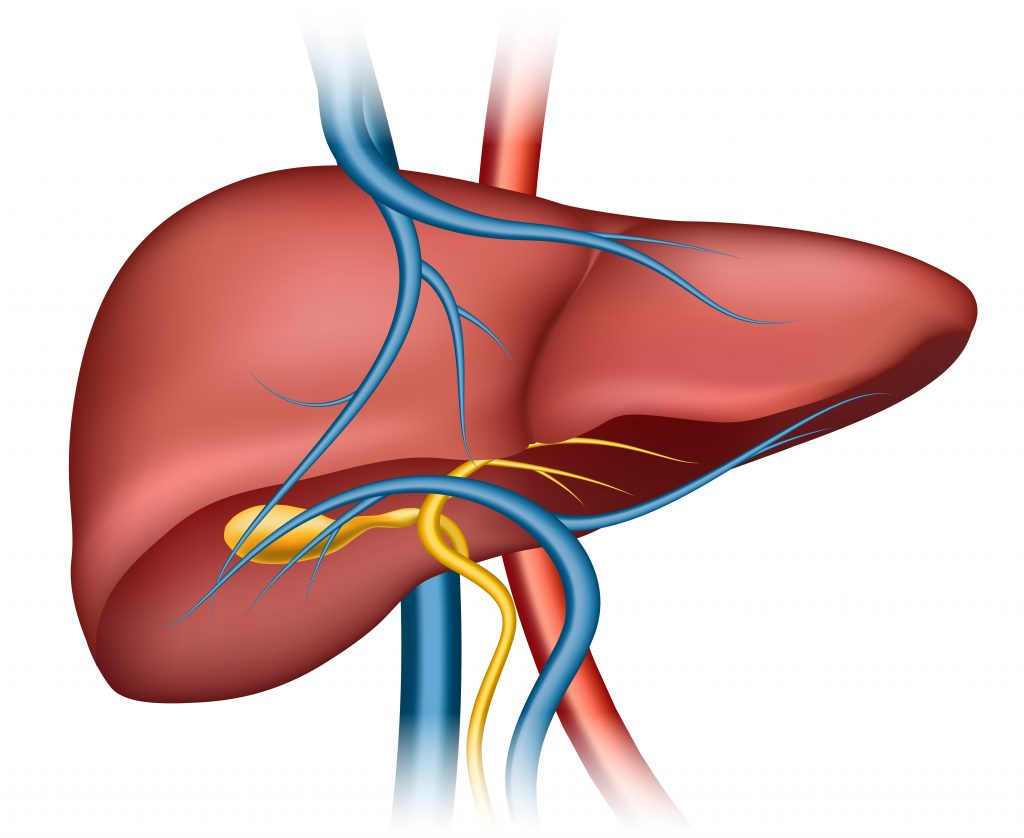
Hepatitis is a virus that causes inflammation and damage to the liver cells, which the WHO explained ‘is caused by a variety of infectious viruses and noninfectious agents leading to a range of health problems, some of which can be fatal’.
The hepatitis virus, categorised into types A, B, C, D and E, individually has different modes of transmission, the severity of illness, geographical distribution, and prevention methods.
For example, the BMC Infectious Diseases (an open access peer-reviewed journal) identified the North West region of Nigeria as a geopolitical zone with the most cases of hepatitis.
Also read:
- Telemedicine, other inventions shaping healthcare sector in 2022
- NCDC’s report on cholera suggests strain on rampage
- Wellness Medical Launches Pharmacentre, an Integrative Online Marketplace
The behavioural pattern of each type of hepatitis virus and preventive measures

The Orlandpharmacy, listing hepatitis viruses and their methods of transference, explained that:
- Hepatitis A – is transmitted by consuming food or water contaminated by faeces from an HAV-infected person.
- Hepatitis B – is transmitted through contact with infectious blood, vaginal secretions or semen, sharing razors or HBV-infected syringes.
- Hepatitis C – is transmitted through direct contact with infected body fluids, injection drug use, and sexual contact.
- Hepatitis D – is contracted through direct contact with infected blood.
- Hepatitis E – is waterborne, typically resulting from ingesting faecal matter that contaminates the water supply.
The ability of hepatitis to hide until the liver is damaged makes it a dangerous infection, necessitating that you download Wellness Plus App and do your medical check-up because Hepatitis B has no cure. Get a Wellness HMO Plan today or contact us here.



